Motorola Atrix vs Samsung Galaxy S2 vs LG Optimus 3D
What's the best dual-core handset?
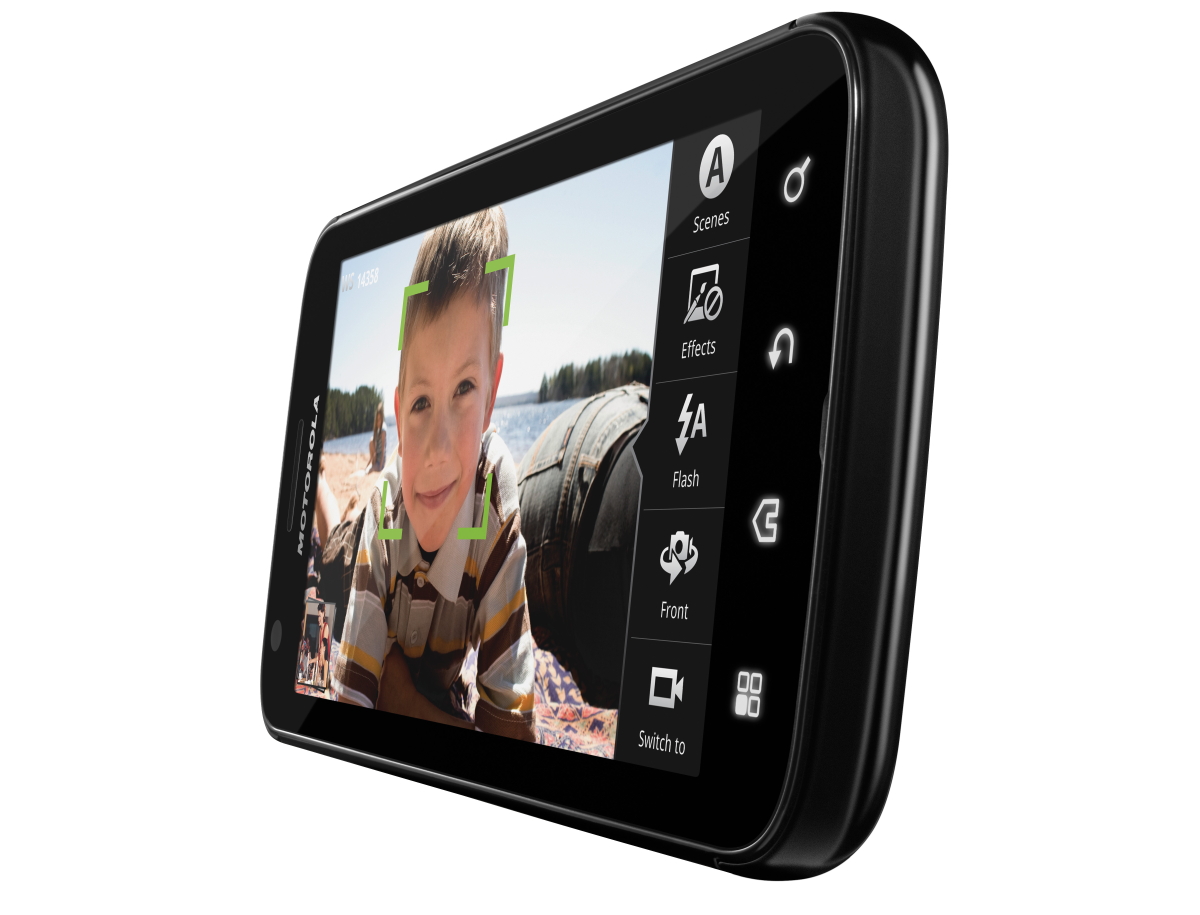
Two of the highlights of this year's Mobile World Congress were the powerful Samsung Galaxy S2 (Galaxy S II) and the futuristic LG Optimus 3D.
But how do they compare to the spec-heavy Motorola Atrix, announced at CES in January? All three are super smartphones with dual-core ARM processors as you'll see.
All three handsets also impress with cutting-edge screen technology, although they couldn't be more different in their execution.
So it's hard to measure whether the Atrix or Galaxy S2 is 'better' than the Optimus 3D . Or vice-versa. But you can get a good feel for which phone you fancy by comparing them side-by-side...
Motorola Atrix vs Samsung Galaxy S2 vs LG Optimus 3D: Software
All three handsets run Android, albeit different versions. Samsung's phone uses Android 2.3 (Gingerbread), customised with the TouchWiz 4.0 UI overlay and Swype text input.
Samsung has a few notable extras to the software on the Galaxy S2. For starters, there are now four 'hubs' - the Reader's Hub, the Social Hub, the Games Hub and the Music Hub.
Sign up for breaking news, reviews, opinion, top tech deals, and more.
The Galaxy S2 also features enhanced conferencing and connectivity services from Cisco, a comprehensive implementation of Microsoft Exchange ActiveSync and secure remote device management from Sybase.
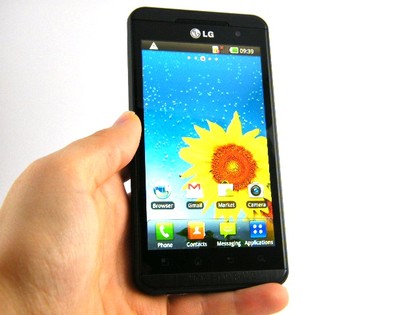
ANDROID 3D: LG has customised elements of Android 2.2 with a 3D UI
In contrast, the LG Optimus 3D will launch with Android 2.2, which will be upgradeable to 2.3 at some point in the future. LG has obviously had more time to modify this version of Android to work with its unique 3D UI.
A dedicated '3D' Hot Key on the side of the handset can activate one of five 3D UIs, including: Gallery, Camera, Game & Apps, YouTube 3D and 3D Guide.
Motorola Atrix vs Samsung Galaxy S2 vs LG Optimus 3D: Processor
All three handsets incorporate the latest in dual-core mobile processing - all based on the ARM Cortex-A9 design. Inside the S2, you'll find an Exynos processor (formerly 'Orion'), rated at 1GHz.
This is the dual-core follow-up to the successful single-core Hummingbird chip that appeared in the original Galaxy.
The Motorola Atrix has a 1GHz Nvidia Tegra 2 processor, offering the ability to drive larger HD panels from the handset.
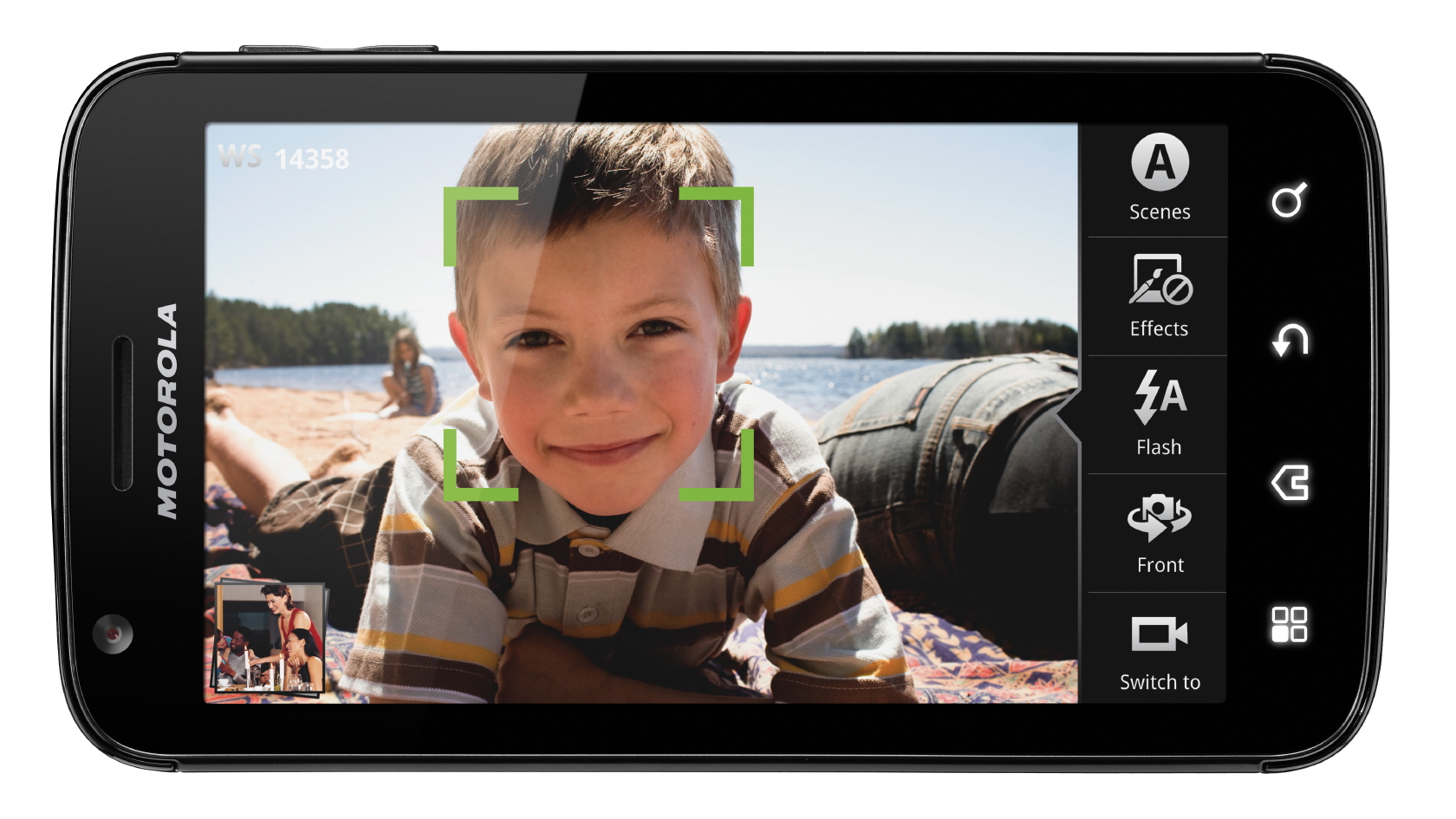
HELLO MOTO: The Motorola Atrix was the first handset announced featuring the Nvidia Tegra 2 processor that's also in the Motorola Xoom
The Optimus 3D, meanwhile, boasts a 1GHz dual-Core, dual-channel OMAP4 processor supplied by Texas Instruments. LG claims that it offers "significant performance benefits as a result of the faster transfer of data between the dual-core and dual-memory".
"This enables users to browse web pages, multitask between programs, play games at a higher frame rate and enjoy movies more smoothly than ever before," Samsung adds.
Motorola Atrix vs Samsung Galaxy S2 vs LG Optimus 3D: Screen
The Galaxy S2 features a touch-sensitive Super AMOLED Plus display with Gorilla Glass for added toughness and scratch-resistance.
Quoted as a 4.3-inch screen, it actually measures 4.27 inches across the diagonal and has a resolution of 480 x 800 pixels.
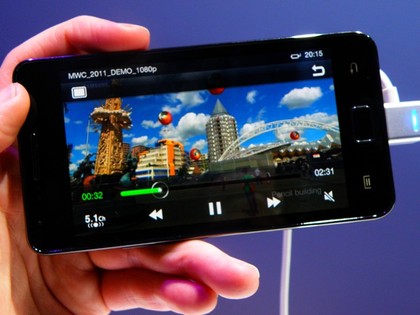
HEY GOOD-LOOKIN': Note the Super AMOLED Plus screen on the Galaxy S2
The touch-sensitive 3D LCD screen on the Optimus 3D is the same size and resolution. Although the LCD technology will be no match for the vibrancy of the Super AMOLED Plus display on the Galaxy S2. That said, this autostereoscopic LCD is a world's first on a mobile phone, supporting 3D viewing without glasses.
The Motorola Atrix ups the ante in terms of pixels, with a 540 x 960 qHD display. It is, however, smaller at 4-inches across.
Motorola Atrix vs Samsung Galaxy S2 vs LG Optimus 3D: Storage and memory
The Galaxy S2 wins the internal storage battle as it comes in either 16GB or 32GB models. The Moto Atrix only has a 16GB capacity. In comparison, the Optimus 3D only has 8GB-worth of storage.
All three feature microSD slots, however, enabling you to boost the internal storage by up to 32GB. This means that the 32GB Galaxy S2 can top out with 64GB of memory, the 16GB model 48GB and the Optimus 3D 40GB. The Atrix also has the potential to be a 48GB unit (16+32GB)
Motorola Atrix vs Samsung Galaxy S2 vs LG Optimus 3D: Cameras
Headlining the Samsung Galaxy S2 is an 8.0 Megapixel camera (3264 x 2448 pixels) with extras that include: autofocus, LED flash, geo-tagging, touch focus functionality, face/smile detection, image stabilisation and 1080p video capture. On the front face, you'll also find a 2MP camera for video calls. Or self-portraits.
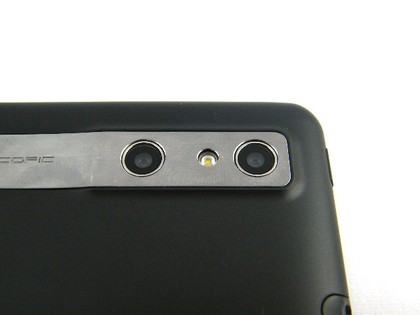
TWIN CAM: The dual 5MP lenses can take 3D photos and video (720p)
The Motorola Atrix has a 5 Megapixel snapper on the back with dual LED flash. It's 720p capable. The camera on the front is a 0.3 Megapixel unit. Again there's autofocus, geotagging, white balance and other effects.
It's hard to compare both of these setups against the LG Optimus 3D, which features dual 5MP cameras with an LED flash between them. It might boast fewer options (autofocus and geo-tagging), but the twin lenses are capable of taking stereoscopic photos and videos (720p only) or capturing 1080p video in 2D.
LG has also added a front-facing camera, probably a 1.3MP or 2MP model (unconfirmed).
Motorola Atrix vs Samsung Galaxy S2 vs LG Optimus 3D: Connectivity
In terms of connectivity, all three phones are well-specced. The Samsung Galaxy S2 and Motorola Atrix 2 incorporate 3G/HSDPA and HSPA+ at speeds up to 21Mbps where supported. Both have got every band of Wi-Fi covered too and can handle 802.11a/b/g/n.
Both handsets also have Bluetooth 3.0+HS. Based on 802.11 protocols, it's capable of enhanced data speeds up to 24Mbps.
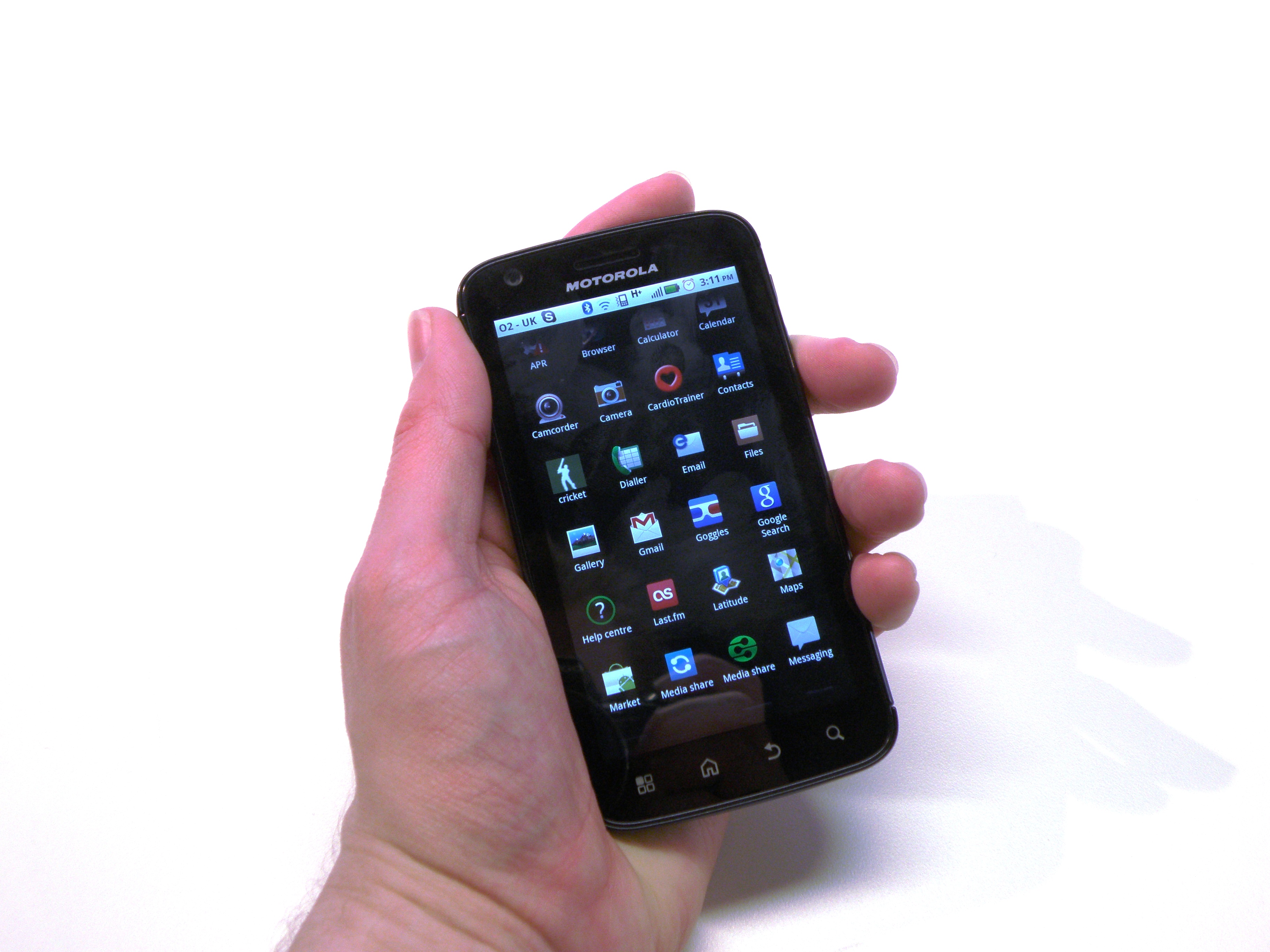
CONNECTED: The Atrix has plenty of connectivity options with full802.11b/g/n Wi-Fi
The wireless options on LG's Optimus 3D are fairly similar. They include a tasty mix of 3G/HSDPA and HSPA+, a triple play of 802.11b/g/n Wi-Fi plus Bluetooth 3.0 with A2DP. Not quite as good as the Galaxy S2, but still far from shabby.
All three phones also feature microUSB jacks and HDMI ports for outputting whatever is on the mobile display to an HD telly. The Samsung and LG handsets also include stereo FM radios (with RDS), although it doesn't seem to be enabled on the Motorola Atrix.
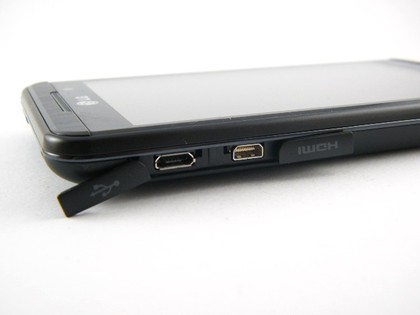
HIGH-DEF: All three phones feature HDMI ports for outputting video to an HD TV - this is the LG Optimus 3D
Motorola Atrix vs Samsung Galaxy S2 vs LG Optimus 3D: Location and sensors
At this level, you'd expect most smartphones to feature GPS/A-GPS, a built-in gyroscope, digital compass, plus screen-flipping accelerometer, proximity and light sensors. And all three hit the spot here.
Motorola Atrix vs Samsung Galaxy S2 vs LG Optimus 3D: Size
The Galaxy S2 is a neatly designed, beautiful-looking handset that measures 125.3 x 66.1 x 8.49mm. If you know your phones, then you'll appreciate the fact that 8.49mm is slimmer than the Sony Ericsson Xperia Arc, which nabbed the 'world's thinnest smartphone' crown from Apple's iPhone 4.
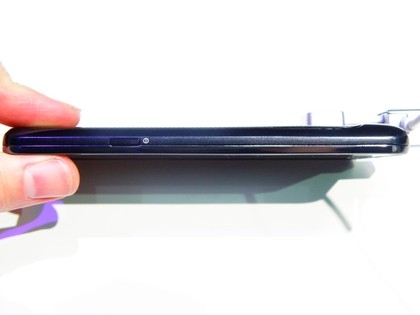
SIZE ZERO: The Galaxy S2 is 8.49mm thick, thinner than the iPhone 4
LG's phone is visibly chunkier, measuring 128.8 x 68.0 x 11.9mm. It also has more of a plastic gut than the new Galaxy S2. Compare the two and Optimus 3D's phone is 168g, while Samsung's' handset is a mere 116g.
The Atrix is heavier at 135g, while the other key measurements come in at 117.8 x 63.5 x 10.1 mm. So, in terms of length, it's smaller (as it has a smaller screen), but otherwise it sits right in the middle. It's not surprising the LG is the biggest considering it's dual cameras for 3D.
Motorola Atrix vs Samsung Galaxy S2 vs LG Optimus 3D: Battery life
Neither manufacturer has supplied any talk and standby time stats, but the Samsung Galaxy S2 boasts a 1650 mAh battery, while LG's 3D-enabled Optimus makes do with a 1500mAH Li-Ion cell. The Atrix is the winner of the battery contest though - it has an awesome 1930 mAh battery.
Dan (Twitter, Google+) is TechRadar's Former Deputy Editor and is now in charge at our sister site T3.com. Covering all things computing, internet and mobile he's a seasoned regular at major tech shows such as CES, IFA and Mobile World Congress. Dan has also been a tech expert for many outlets including BBC Radio 4, 5Live and the World Service, The Sun and ITV News.